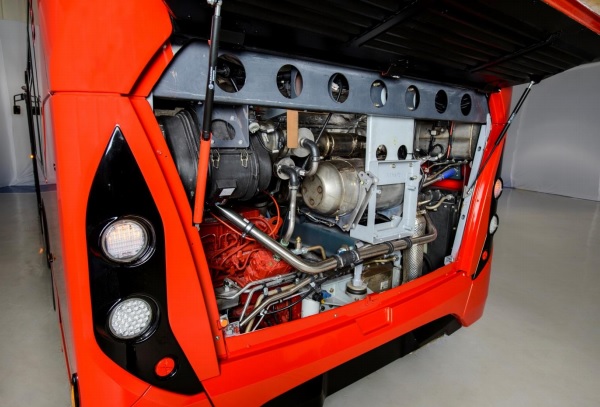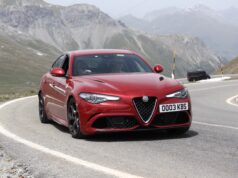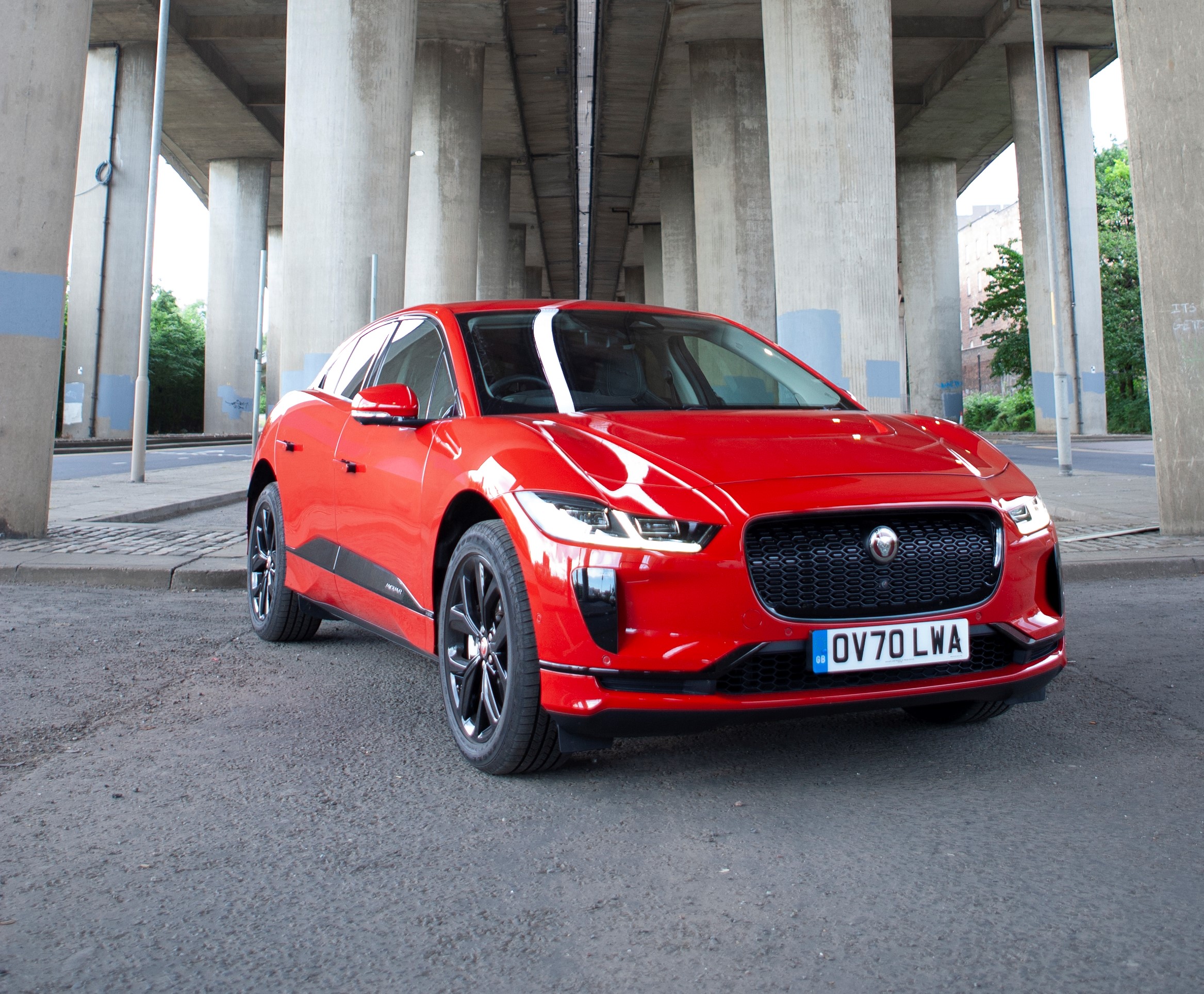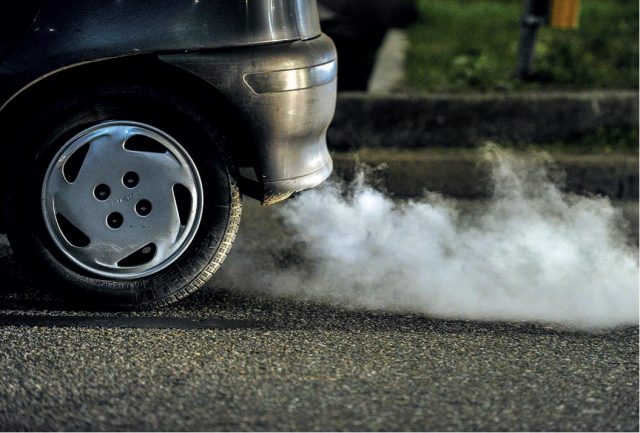
How would you like to pay an emissions tax for driving into Glasgow and other Scottish cities?
That’s looking like the reality after it was announced last week that Glasgow will be Scotland’s first city to have a Low Emission Zone (LEZ).
Before discussing how the LEZ will work, it’s worth mentioning that most people, us included, will support cleaning up the air in Scotland’s cities. For anyone who lives or works there, it’s very important to your ongoing quality of life and it makes a lot of sense to improve the current situation.
Hope Street in Glasgow is currently Scotland’s most polluted road with 65 micrograms per cubic metre of nitrogen dioxide (NO2). In case it’s not obvious, this is extremely bad for the health of anyone who regularly walks, stands near or works on Hope Street.
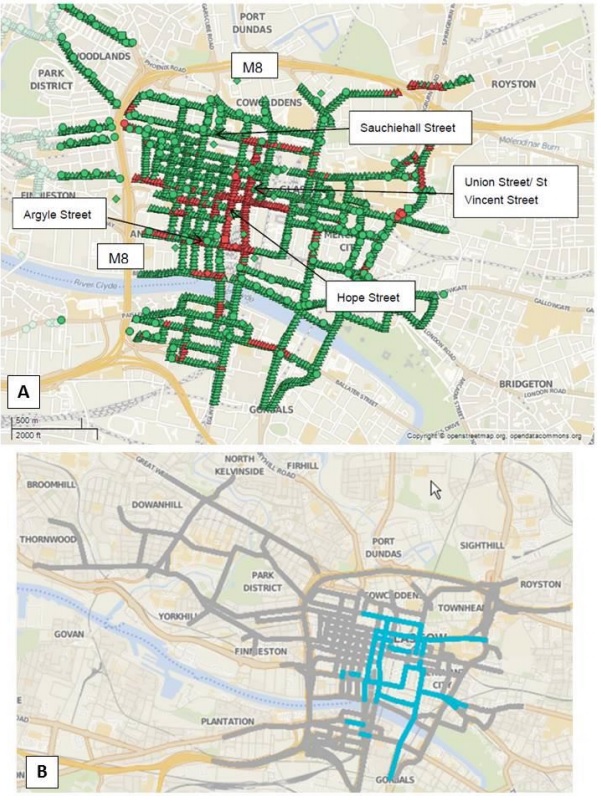
Centre modelled for the year of 2015 using the NMF, based on 2015 observed traffic data e.g. before LEZ mitigation is put in place. The red colouring shows locations
where NOx levels exceed a limit of 40 μgm-3, whilst green colouring shows locations
where these levels are below this limit. Map B shows the main sources of NOx
emissions in Glasgow city centre. Roads shown in blue represent the locations
where buses contribute more than 40% of the emissions. The roads shown in grey
represent locations where private cars contribute more than 40% of the emissions
How then, are Glasgow City Council and the Scottish Government proposing to fix the problem? By giving grants for new busses and taxing anyone who drives into the city centre.
First off, it seems like an obvious answer to have all-electric buses in the city centre. Other than the weight of all the lithium-ion batteries, busses are an obvious platform for electrification, as they have lots of space, are constantly stopping and starting and will rarely go above 30MPH. Why all buses haven’t gone this way already is a sign of just how poor transport legislation has been in the UK/Scotland/Glasgow.
With the Scottish Government already spending £16m on helping bus companies update and improve the eco credentials of their fleet, it would be great to see what First Bus (Glasgow’s biggest bus operator) and the others have done to their fleets?
Before getting on to how this legislation will affect car owners, does anyone know why buses don’t use stop/start technology like cars do? Without even electrifying buses, this seems like a very easy way to reduce their current levels of NO2 output.
If you have a few hours to spare you can read the “Building Scotland’s Low Emission Zones” consultation paper here https://consult.scotland.gov.uk/transport-scotland/building-scotlands-low-emission-zones/ , where you will also find the link to comment on the proposals. WARNING you’ll need to at least refer to the consultation paper in order to answer the questions properly.
Essentially, the framework currently favoured by the government would be to charge owners of pre-Euro 6 diesel cars and pre Euro 4 petrol cars every time they enter the LEZ and this would probably work on a 24/7 basis. Those of you who drive into the city in non-conforming vehicles, whether for work or pleasure, would be hit every time you came or went.
There is a mention of exemptions, but once the scheme is in place how easy would it be for these to be altered or not taken up in the first place:
- the contribution of the vehicle journey to wider society where the exemption is linked to the use of the vehicle rather than just the vehicle type (including, but not limited to, emergency service vehicles, NHS vehicles, refuse vehicles or social care)
- whether the vehicle is operated by a blue badge holder
- historic and specialist vehicles as defined by a ‘historic’ vehicle tax class
- Demonstration by the vehicle owner that that they would be severely financially affected by changing their vehicle to meet the LEZ minimum emission criteria, only where the vehicle operates predominantly in a LEZ (known as a ‘hardship exemption’ in Germany and the Netherlands, with evidence based on financial data for companies and income support levels for private persons)
- An ‘out of hours’ exemption tied specifically to times when public transport is closed, to enable people to travel to late-night shift employment. This would require evidence from the vehicle owner that no alternative public transport options exist
To put this into perspective, of all the cars on the TT fleet less than one third would qualify for exemption (petrol cars generally have to be newer than Jan 2006 and diesels newer than Sep 2015). This means, after the LEZ is introduced, most of us would have to pay up to £20 per day just to drive into Glasgow.
For families thinking of visiting the shops, or companies looking to open a corporate headquarters, there’s no mention in the current publications of what the impact might be. Would you pay £20 just to drive to the Buchanan Galleries or would you save the money and just go to Braehead/Silverburn/East Kilbride?
While we commend the idea of reducing pollution in Scotland’s cities, most people who can use public transport to get there will already be doing so. Where are the schemes to help more people travel into Glasgow without using their cars? East End Underground extension? Glasgow Airport rail link? More park and ride?
Digging into the report reveals that updating buses to meet Euro IV standards would reduce kerbside NO2 concentrations by an average of 19 µg m-3, while updating diesel cars to Euro 6 would only reduce kerbside NO2 concentrations by 3 µg m -3. Is it really worth building a citywide ANPR camera system and charging scheme for such a small reduction?
Come on Scottish Government, Glasgow City Council and other cities across Scotland, update your buses, give us better public transport infrastructure and don’t punish people who can’t afford the massive cost of a new car!


